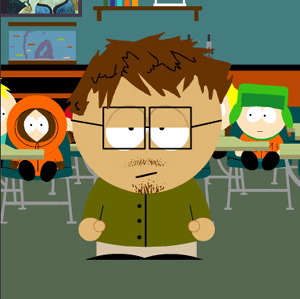Update to 319
In my lectures, I touch on the point that news needs to be new and important (for whatever definition of that which applies) in order to be news. You never read about fender benders on the highway, but if a truck gets into an accident and releases a load of livestock, that will make the news.
The same considerations hold true in the peer-reviewed scientific journals. If a scientist devotes research time to whacking volunteers with a hockey stick, and concludes that this whacking causes bruises, the resulting paper is not likely to get published because the journals want to use their limited space for more important work.
Yes, these are ridiculously overblown examples, and so is the banana example I talk about in class, but I hope it helps to illustrate the principle. The important corollary is that this is, in fact, a bias. Scientific journals only accept papers with new and important conclusions but studies that reach wrong conclusions are more likely to appear to be novel than studies that conform to conventional wisdom - and so they are more likely to make print.
That's subtle, but it looks like it's a real phenomenon. In fact, there's a peer-reviewed paper on it (go get a coffee, tea, or beer to help your brain recover from this paradox). The Economist has an article with analysis in a level of sophistication falling in between my few paragraphs and the original paper.
The same considerations hold true in the peer-reviewed scientific journals. If a scientist devotes research time to whacking volunteers with a hockey stick, and concludes that this whacking causes bruises, the resulting paper is not likely to get published because the journals want to use their limited space for more important work.
Yes, these are ridiculously overblown examples, and so is the banana example I talk about in class, but I hope it helps to illustrate the principle. The important corollary is that this is, in fact, a bias. Scientific journals only accept papers with new and important conclusions but studies that reach wrong conclusions are more likely to appear to be novel than studies that conform to conventional wisdom - and so they are more likely to make print.
That's subtle, but it looks like it's a real phenomenon. In fact, there's a peer-reviewed paper on it (go get a coffee, tea, or beer to help your brain recover from this paradox). The Economist has an article with analysis in a level of sophistication falling in between my few paragraphs and the original paper.




3 Comments:
Ah, paradoxes. I'd repost the links but I think I'll just share your blog...
....speaking of useless studies:
http://www.ctv.ca/servlet/ArticleNews/story/CTVNews/20081023/warmhands_study_081023/20081023?hub=TopStories
Yay tax payer money!
Those conclusions are probably wrong. They made news, didn't they?
Post a Comment
<< Home